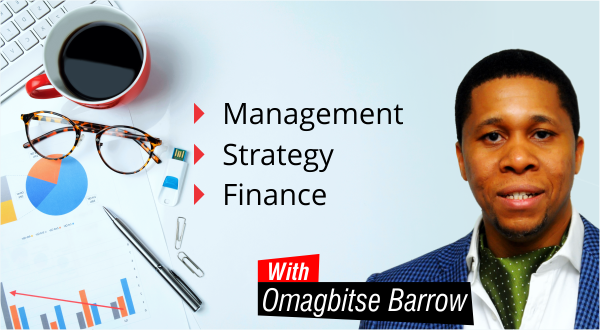Being an effective leader requires you to be deliberate about your thoughts, words and actions each day. A lot of what people do stems from their thoughts and the patterns and culture of thinking they have become attuned to.
Leadership is about influence and getting the commitment and buy in of people to pursue and achieve certain set goals. Effective leaders have a culture that shapes their thoughts, words and actions based on the Leadership DNA – they think and act on these issues each day:
Am I in the Right Place? It is important for leaders each day to reflect on the extent to which the work that they do is aligned with their values, beliefs, purpose, talents and interests. When leaders are not aligned in this way, they are not integral and are therefore not effective.
How do I find the right people? Leaders must pay attention to attracting the right people by clearly defining the competencies, capabilities and cultural expectations of the people that they want on their teams and ensuring that recruitment and placement decisions are aligned with these expectations.
How do I keep the right people? It’s one thing to find the right people, but it’s even more important to be able to create a system and culture that retains the right people and by the same token gets rid of the wrong people. Clear performance expectations that are linked to rewards, a culture of exemplary leadership, and being consistent in the application of your leadership ensures that you are able to keep the right people.
How do I get results from my people? Leaders must be concerned with how to consistently get the right results from their teams. They must work with their people to co-create team visions and goals, provide open and motivating feedback, delegate effectively and work hard to manage change and continuously measure and improve performance.
How do I develop my people? To ensure that the results you achieve are consistent and sustained, leaders must pay attention to building a learning organization – one where employees are self-directed when it comes to developing themselves and are audacious enough to apply what they have learnt in a culture that supports innovation and continuous improvement.
They can do this by investing in internal learning academies, coaching and mentoring programs and providing resources and networking opportunities.
How do I create a legacy in my organization? This is the question that matters the most – ensuring that there is a proper system for succession – not just the transfer of power from you to the next person, but more importantly the continuation of your vision and perpetuation of your culture and ideals.
Leaders must invest in clearly defining the culture, setting clear cultural expectations, living out those expectations, integrating those expectations into the employee life-cycle, and reinforcing the relationship between those expectations and the sustainable results that the organization achieves. Doing all of these not just preserves your legacy, but it extends it for generations to come.














